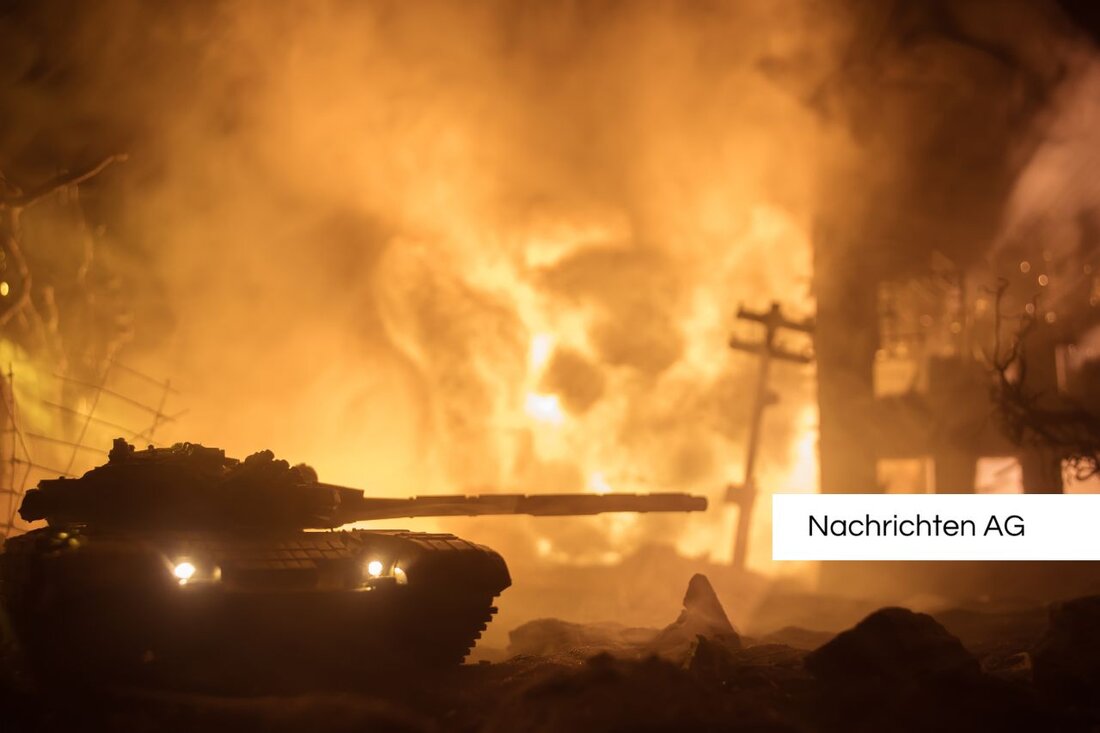Aalen's air raids: new plans for protection after the Ukraine War
Aalen's air raids: new plans for protection after the Ukraine War
Aalen, Deutschland - In Aalen, the considerations for reactivating air raids are increasing, a topic that has become more important since the Ukraine war. The conflict impressively shows the relevance of shelters, which were built in many places, including Aalen during the Second World War. So far, the district office cannot provide any information about the number and functionality of the current shelters after all the protective space existing during the Cold War in 2007 have been officially developed. The condition of the still existing public shelters is also checked by the Federal Office for Population Protection and Disaster Aid.
A total of only 579 of the originally 2000 public shelters are left over, which offer about 480,000 places.
The history of the Aalener air -raid shelter
City archivist Dr. Georg Feuerbach deals with the history of Aalener Air Protection tunnels that were built from autumn 1944. These tunnels, often built by forced laborers and women, communicated with other shelters and were used according to the degree of danger. The Hirschbachstollen and the Faber du-Faur stollen were the most frequented shelters. The latter was designed for the protection of around 1050 people.
In April 1945, many ealeners searched for protection against air strikes in these tunnels. April 17, 1945 marked a dramatic day in the city's history when a serious bombing took place. Aalen was then occupied by the Americans on April 23 and 24, 1945. After the war, however, the tunnels were considered unsafe and their entrances were blown up, which led to their extensive destruction at the end of the 1940s.
comparison with the destruction in Ukraine
Aalens' experiences are not isolated in the context of the Second World War. In Ukraine, many cities experienced similar destruction and losses. Between 1941 and 1944, large cities such as Kyiv, Kharkiw and Mariupol suffered from massive attacks. Kiev was fiercely contested several times and experienced the cruel murder of 33,771 Jews within just 36 hours through the operations group C in September 1941. The same thing happened to Kharkiw, where an estimated 70 % of the buildings were destroyed and tens of thousands of civilians were deported as forced laborers.
Mariupol, another city in the focus of the war, was occupied by the Wehrmacht from 1941 to 1943. Around 25,000 Jewish people died here, and only 85,000 people lived in the city at the end of 1943. The reconstruction after 1945 took place in the Stalinist style, but the shadows of war destruction are still noticeable.
To protect themselves from air strikes, air -raid shelter were planned. These rooms - albeit often on an insufficient scale - enabled a certain protection for civilians. In contrast to the specially built bunkers, air -raid shelter are part of existing buildings and often more easily accessible. They were implemented in houses, schools and administrative buildings and are an important relic of the war architecture of the time.
currently remains unclear whether all intended air -raid shelter in Aalen and WasserAlfingen have actually been completed. Uncertain traditions and partial destruction raise questions, especially in view of the possibility that some of these tunnels could now be added to new use in order to take into account the changed security situation.
The return to air raids that were built during the National Socialist period to defend the civilian population illuminates both the current challenges and the teachings from the past.
Further information on the Aalener Air Protection Stollen can be found at the Swabian Post World War II at Welt and comprehensive explanations of air-raid shells on Wikipedia wikipedia .
| Details | |
|---|---|
| Ort | Aalen, Deutschland |
| Quellen | |


Kommentare (0)